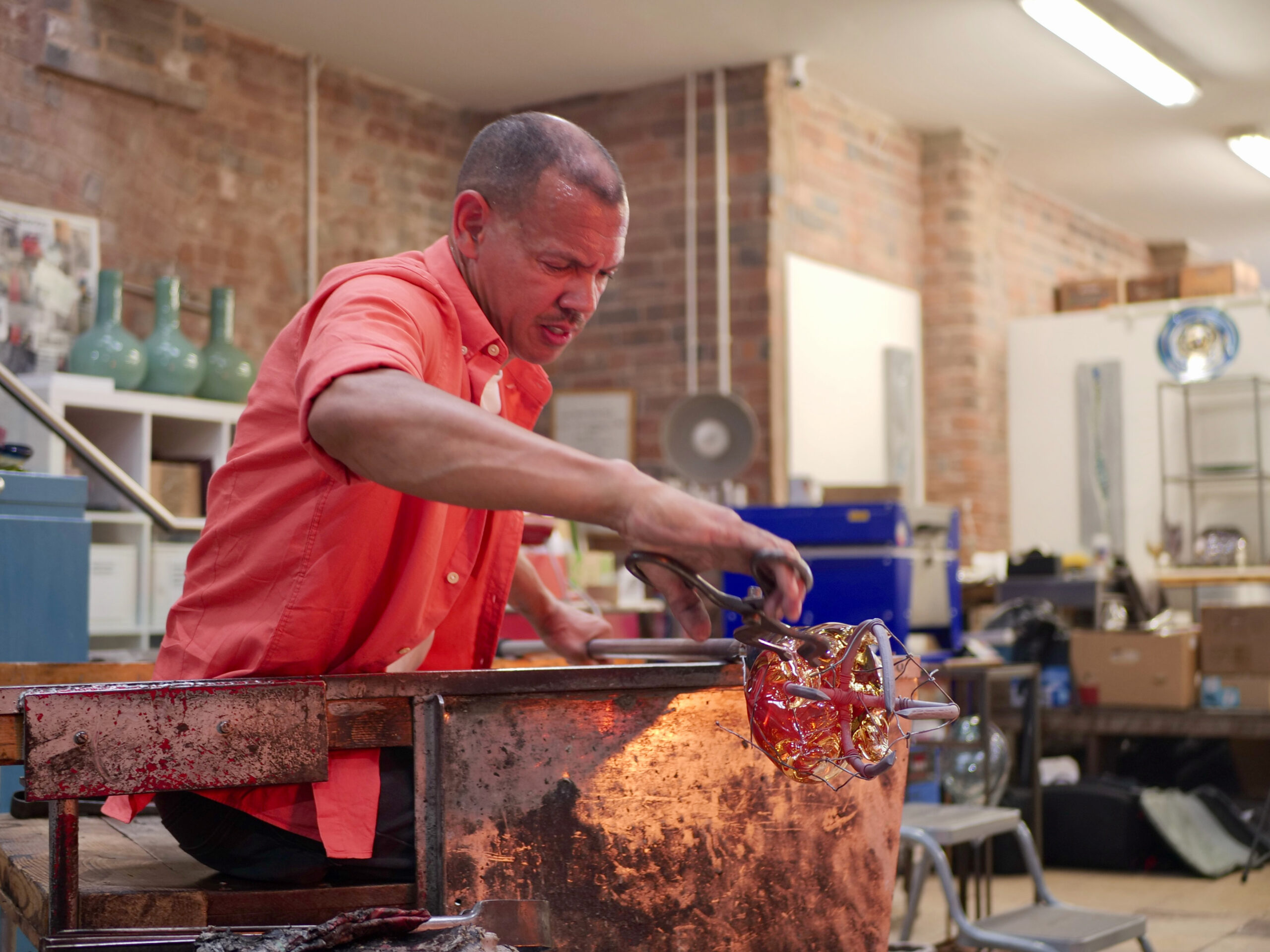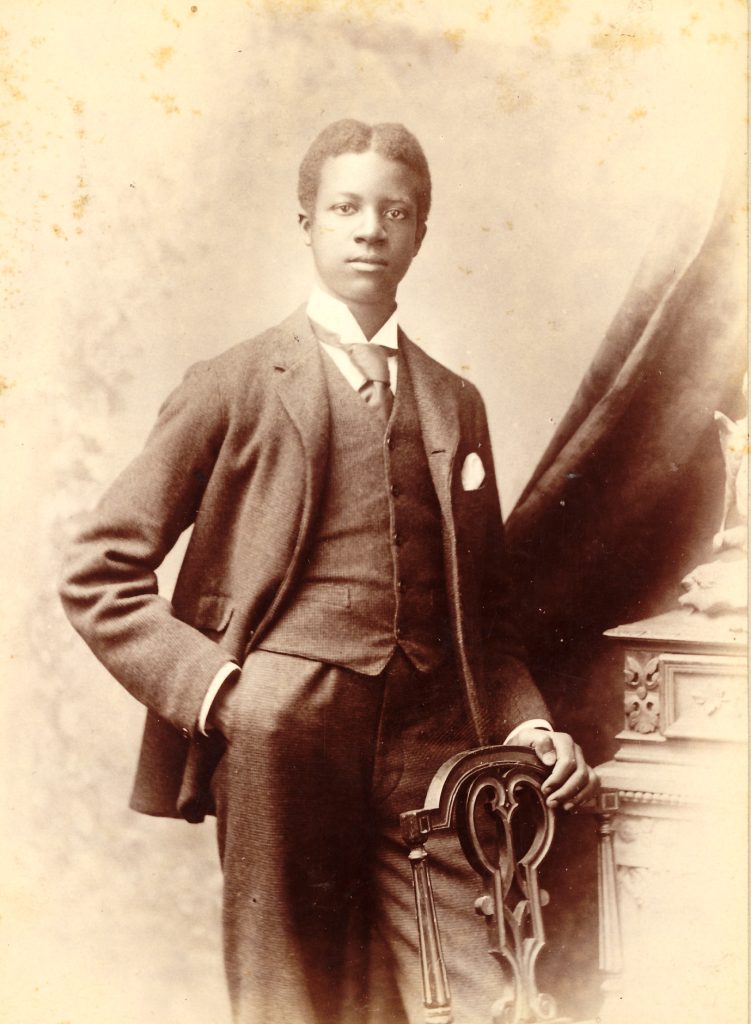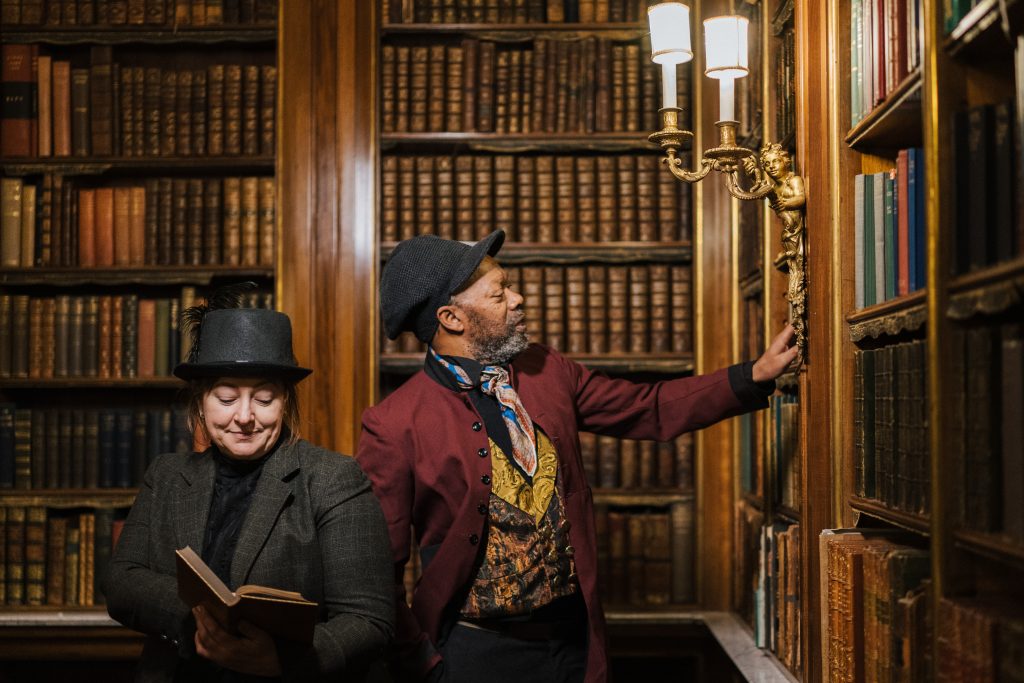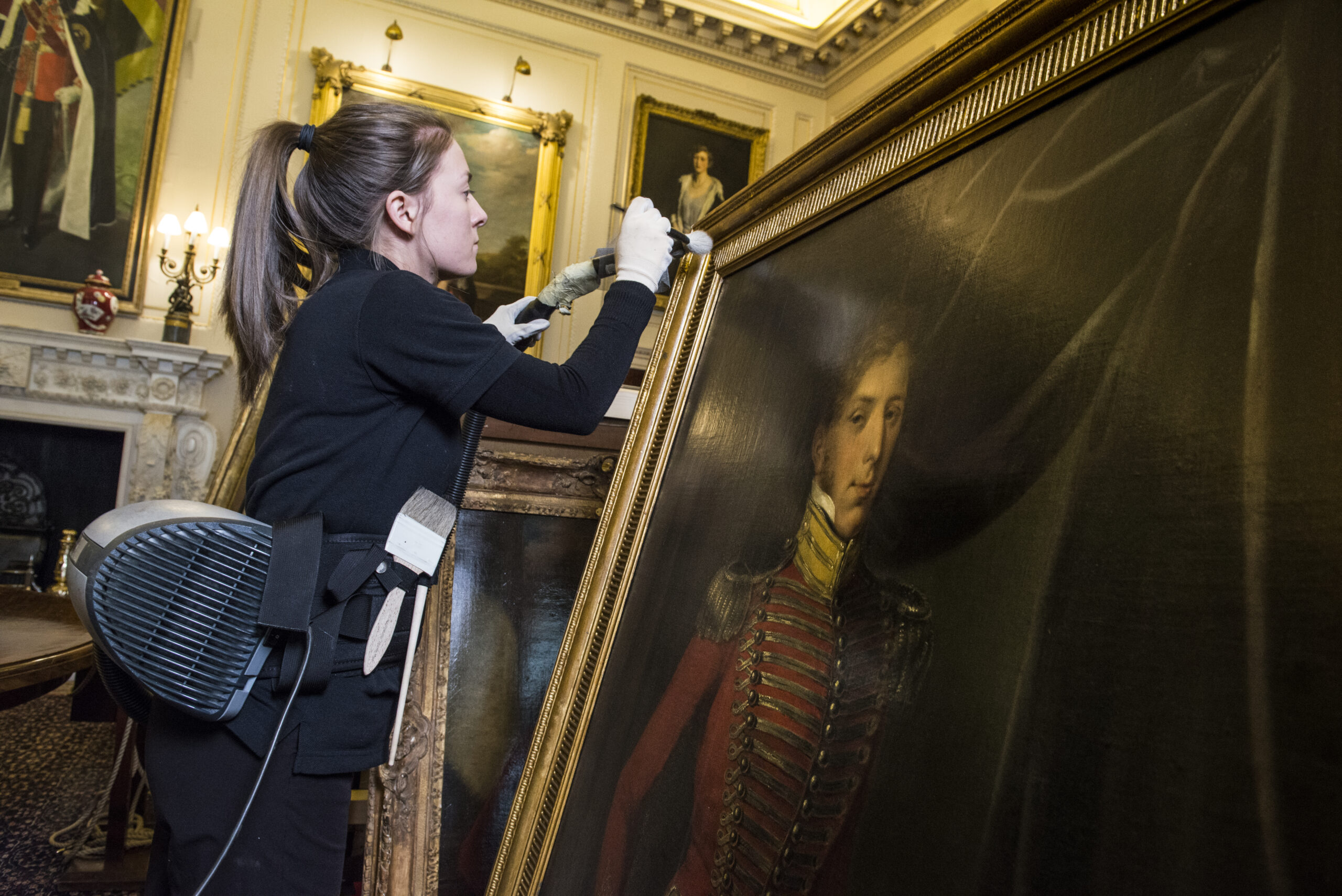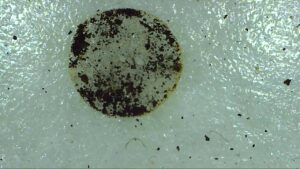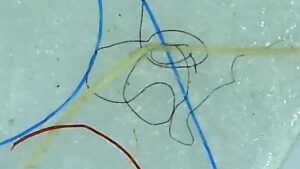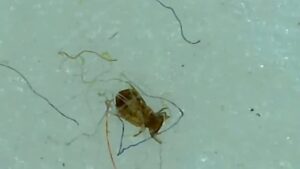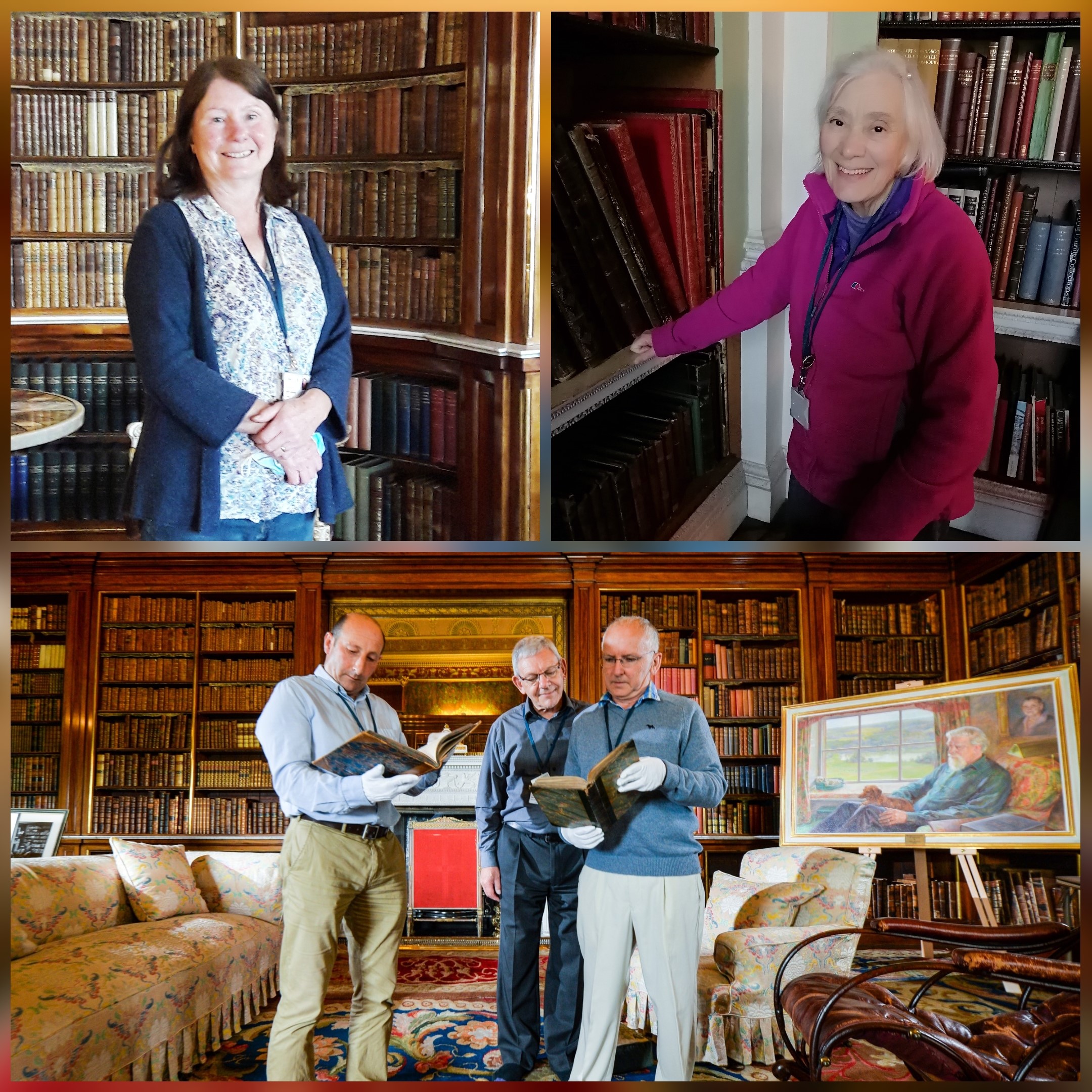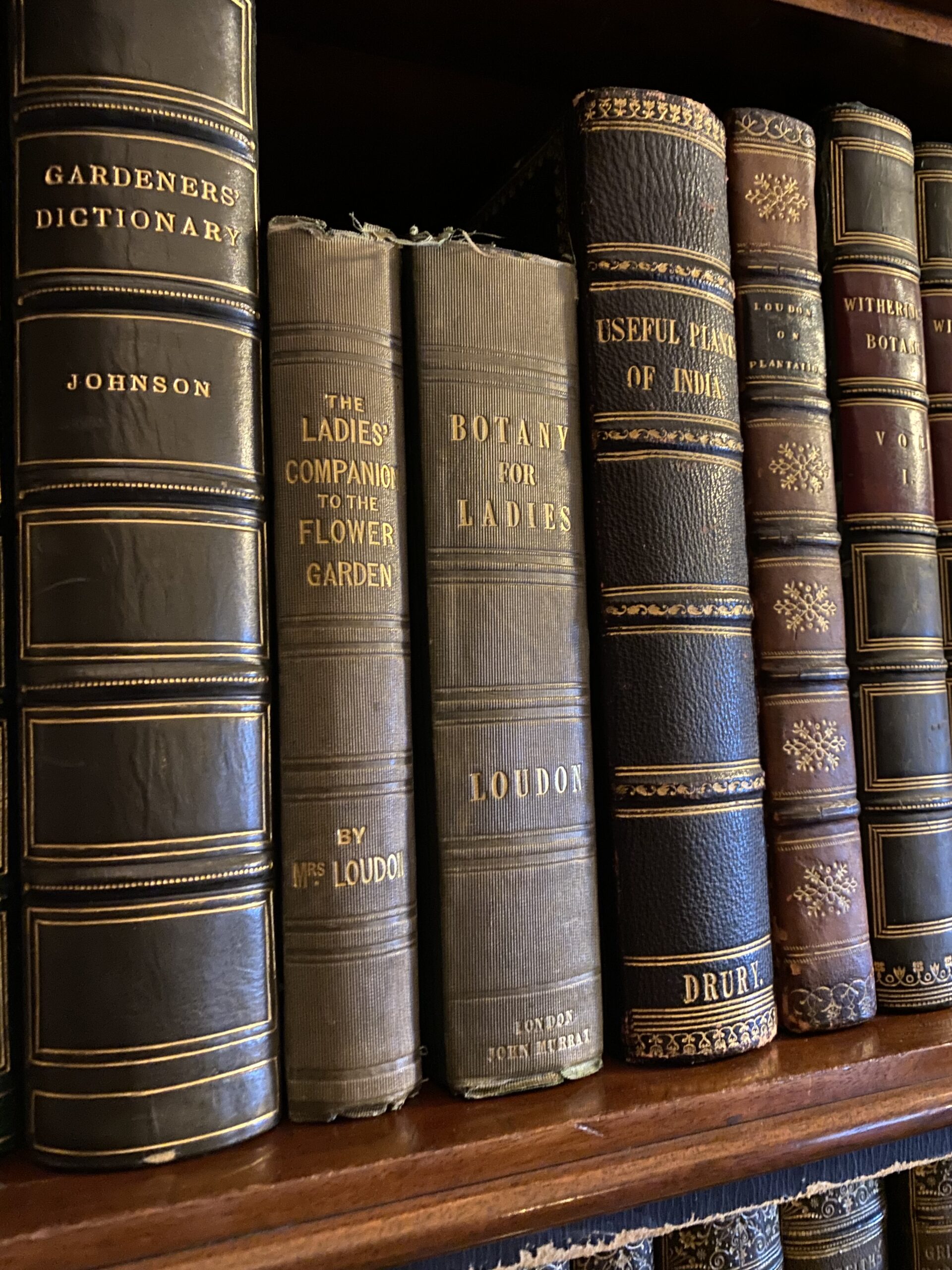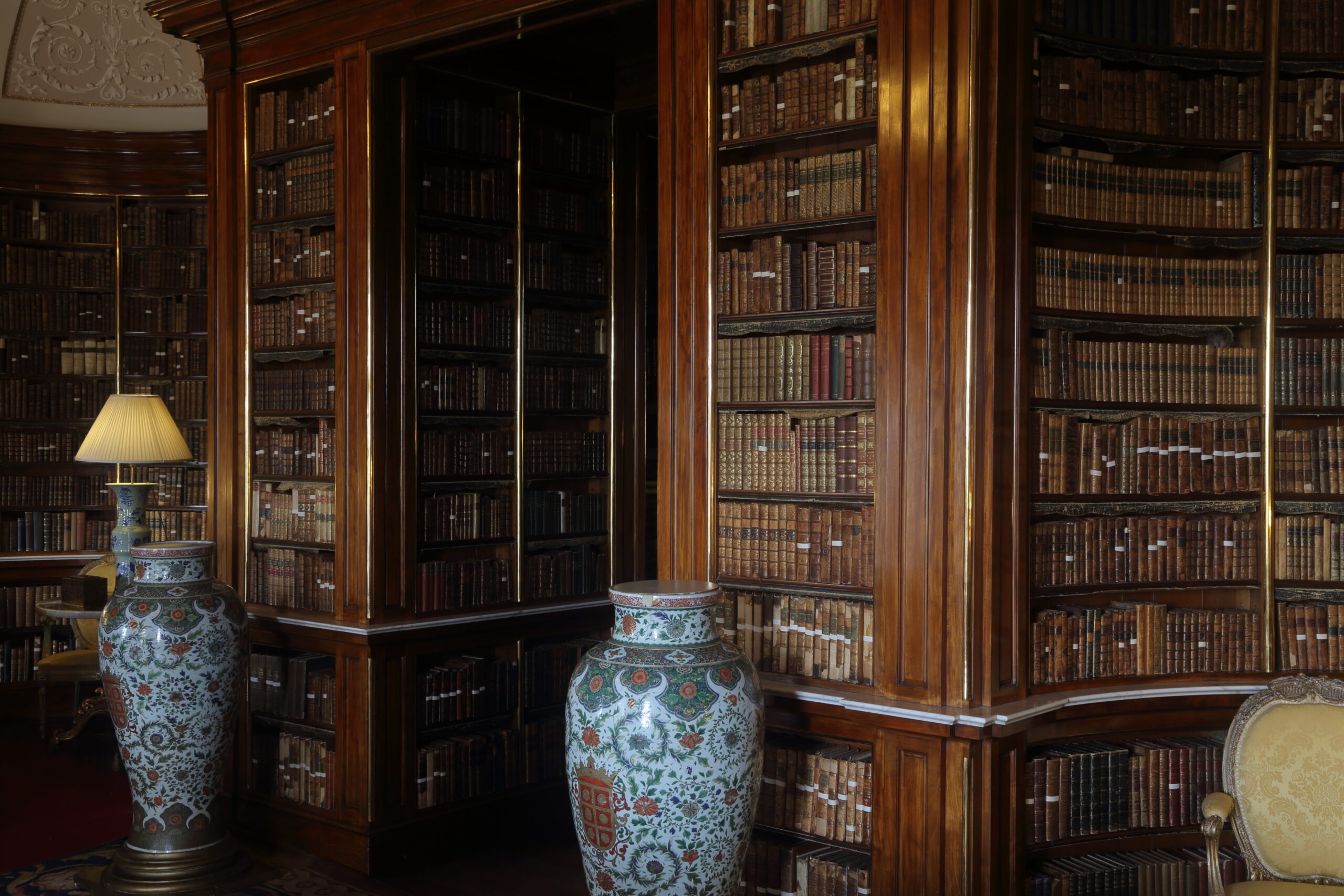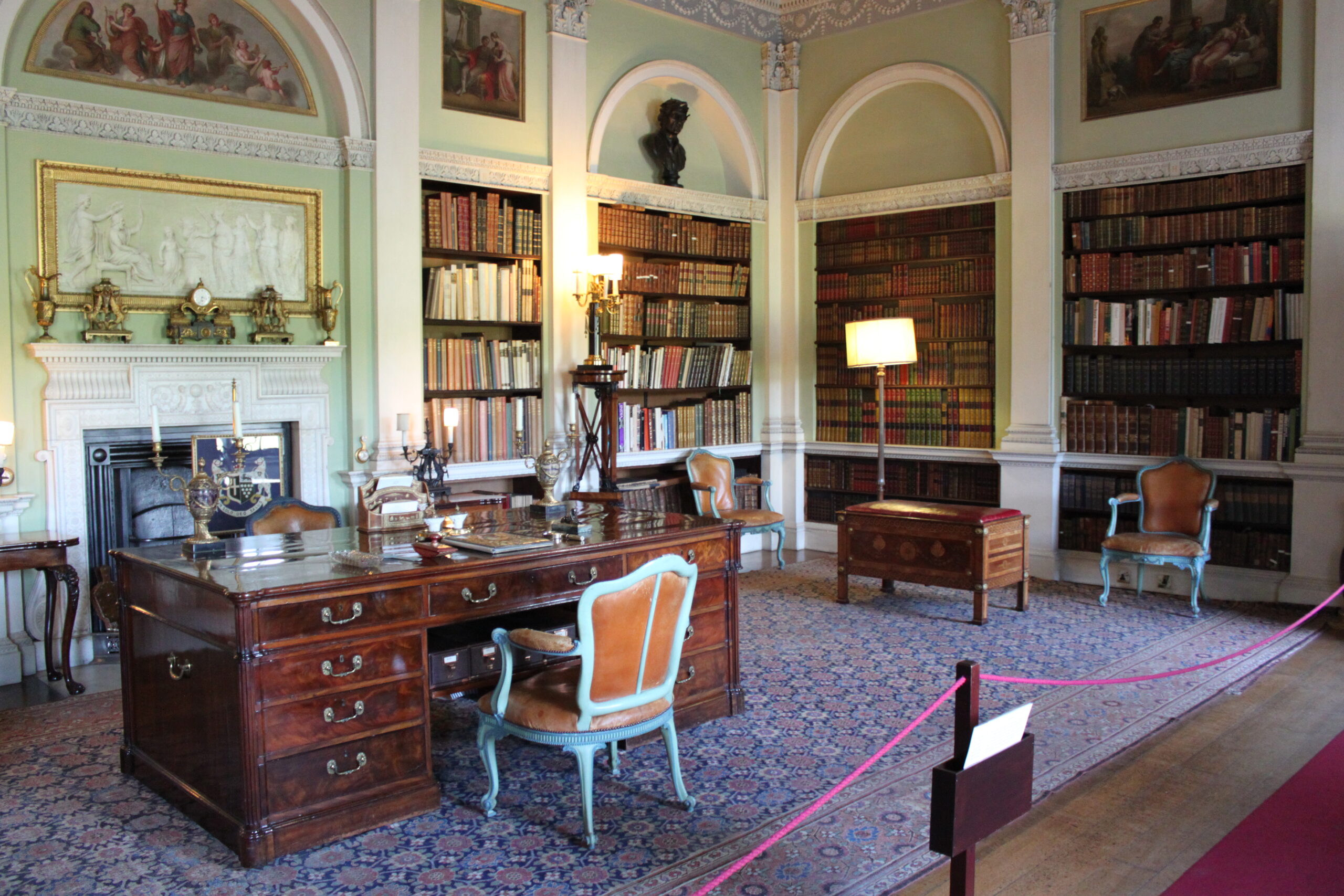
Photo credit Tom Arber
Anthony Burrill studied Graphic Design at Leeds Polytechnic and has since worked on a number of different projects and installations at Harewood and in Leeds. In our latest blog, he talks us through TOGETHER WE ARE, a new flag installation which creates a series of pausing points along a newly created circular walk at Harewood House, prompting moments of reflection and positivity, whilst marking the breath-taking views across the Harewood landscape.
When we first started talking about the installation, I started to think about my daily walks. I live in the countryside and every morning I head out with the dog for a walk and that feeling of being outside, surrounded by nature; I just find it all a calming influence, really. Looking at the beautiful things around – trees, nature… it can all help to calm and ground you. I’ve always enjoyed being outside and feel a real sense of peace, even more during the past year.
The idea for this installation formed really quickly. The brief was to create something for the outside, something that was going to be immersed in nature. And so, this idea of marking out a route around the grounds of the estate – picking out vantage points which look back towards the house itself as well as around it and marking these specific points with a flag, it just grew out of a simple conversation. Creating these flags with the text pieces are simply there to connect with, something to latch on to and something that hopefully puts an idea into your head which you can then reflect on when you’re on the walk. It’s almost like having a silent companion with you, planting these seeds of thoughts in your head, really. There’s also something incredibly calming about the movement of a flag in a breeze – it’s like the flicker of a candle or a sunset; all the natural stuff that we respond to in a real, primal way.
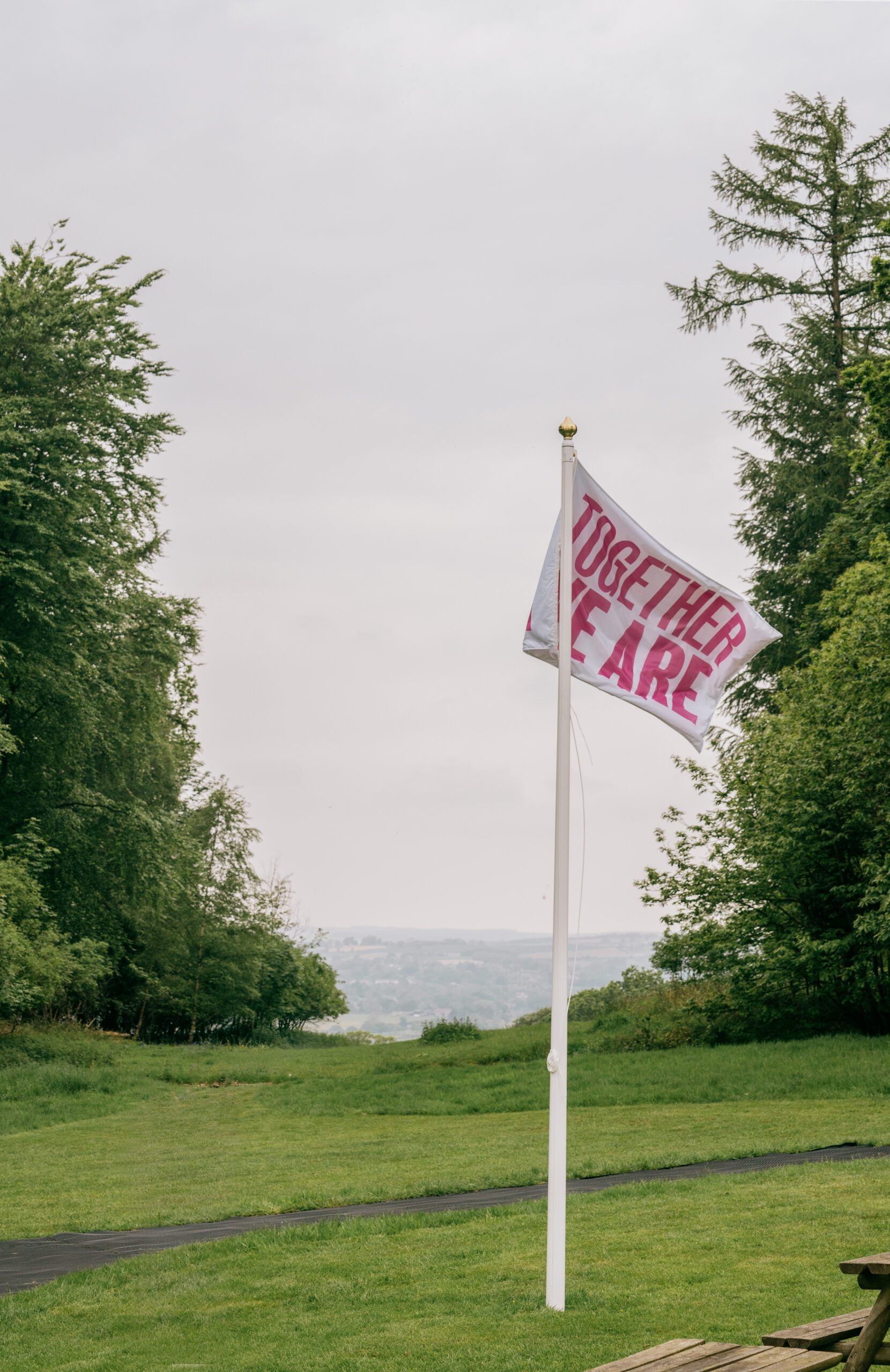
This installation is a guided walk around the estate which surrounds Harewood and the flags are positioned in such a way to mark particular views. They are positions which we thought would aid the enjoyment of the landscape, whilst creating these moments of reflection or stillness which, in turn, hopefully engenders some kind of feeling of wellness, reassurance or recovery. Each and every flag all connect to the main flag raised on the house which says “JOY”; it feels very relevant and real. At the moment, there’s so many feelings about getting back into the real world, some which have been tucked away during lockdown so this is a sign of reassurance and pointing to a hopeful future.
People have had ups and downs, people have endured traumatic events and this idea to make a walk which is intended to be calming and reassuring will hopefully help others in the process as we come out of lockdown.
Throughout the conversations which we had about the project, we were all keen to make a piece of work which spoke about our feelings. There’s been a huge pause in our lives due to the pandemic and we’ve had 12 months to reflect. People have had ups and downs, people have endured traumatic events and this idea to make a walk which is intended to be calming and reassuring will hopefully help others in the process as we come out of lockdown. I think it would be fair to say we had quite high ambitions to do something meaningful, as well as relatable and this walk could mark the beginning of a new moment – of the start of life after lockdown.
The words may prompt a nice memory or a nice association which just lightens their mood or simply gives them a lovely moment of reflection.
I’d like to think the installation will serve as an accompaniment to the rest of their experience at Harewood, really. It’s almost like the work is just there, doing it’s job in the background and enhancing the walk. The words may prompt a nice memory or a nice association which just lightens their mood or simply gives them a lovely moment of reflection. It’s about connecting with people through the simplicity of the words; something relatable to everyone but each and every one will have their own interpretation. It’s something that just feels human. It’s not there to challenge, just an occasional moment of reflection which connects with lots of different people from lots of different backgrounds. Everyone can enjoy their own journey.


